Do you ever give much thought to the invisible dangers lurking around your home? Carbon monoxide, or CO as it’s commonly known, is one such hazard. This insidious intruder is colourless and odourless, making it virtually impossible to detect - that is, until the telltale signs of exposure kick in.
Homes across the country use gas heaters, stoves, and wood fires on a daily basis, even more so as the weather cools down. But with this convenience comes a risk, this being carbon monoxide poisoning. That’s why understanding how to protect your family from this silent killer is so crucial.
Allow me to offer some handy tips to keep you, your family, and your home safe from carbon monoxide.
Familiarise Yourself with CO Sources
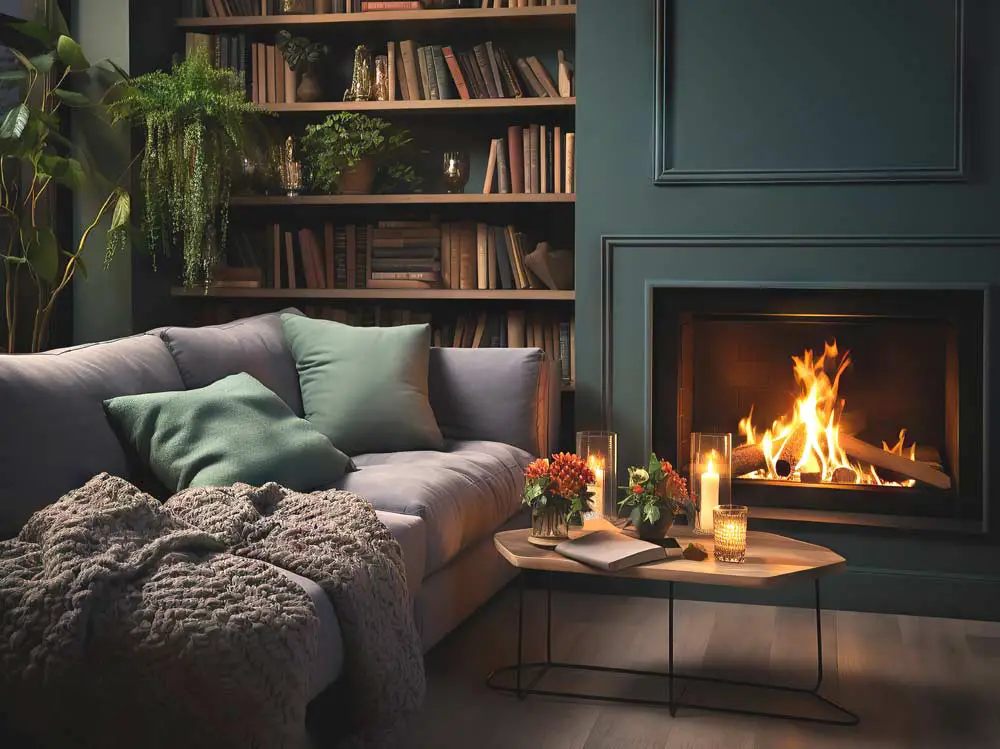
The risk of carbon monoxide exposure stems from everyday appliances commonly found in almost all homes. Gas heaters, kitchen stoves, wood fires, and even portable generators can emit CO if they’ve not been installed, maintained, or ventilated properly. During the colder months of the year, when you typically keep your windows and doors tightly sealed, the risk increases as we use these appliances more frequently.
I strongly advise that you keep any gas-powered appliances well-maintained and fully functional to prevent any carbon monoxide build-up. It’s also important to consider less obvious sources like blocked chimneys or flues. These can trap gas inside the home instead of enabling it to dissipate outside.
What are the Symptoms of Carbon Monoxide Poisoning?
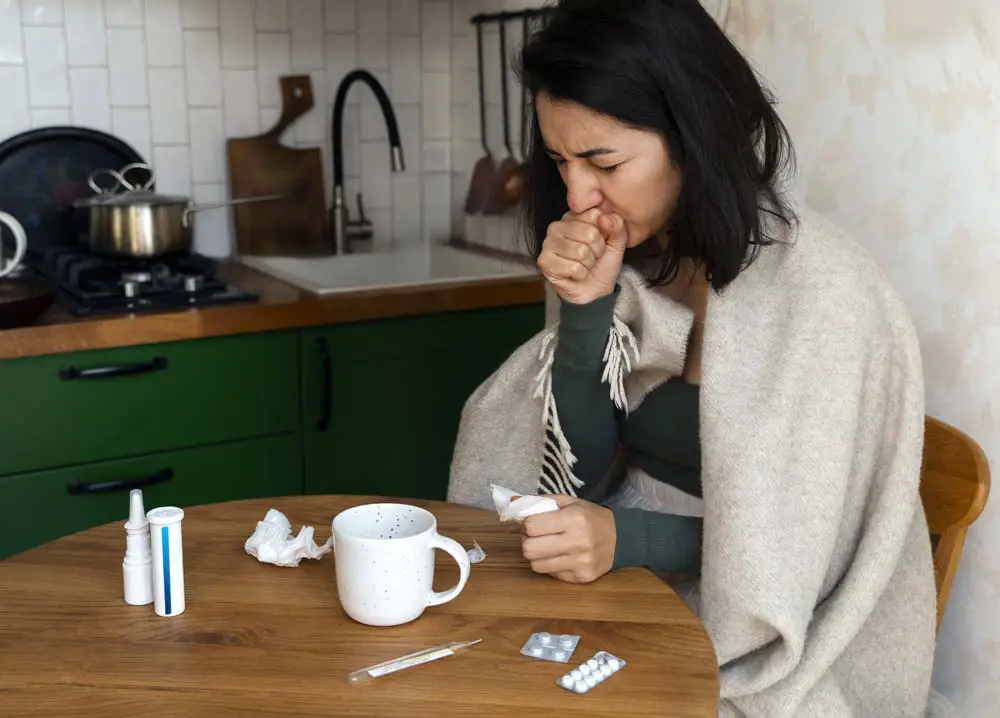
As I’ve mentioned, the presence of carbon monoxide in a confined space isn’t always immediately clear due to its colourless and odourless properties. More often than not, you’ll only likely become aware of it when someone presents symptoms of carbon monoxide poisoning.
Recognising the symptoms of CO poisoning is critical, as early detection can save lives. If you or anyone in your household starts experiencing any of the following symptoms, it could be a sign of CO exposure:
- Headache: Generally dull and persistent.
- Dizziness: A sudden feeling of being lightheaded or unstable.
- Nausea: An upset stomach that might not be linked to food or illness.
- Confusion: Difficulty in concentrating or making simple decisions.
- Breathlessness: Shortness of breath during normal activities.
- Fatigue: Extreme tiredness that isn't explained by your usual activities.
These symptoms might easily be mistaken for those of the flu. Unlike the flu, however, carbon monoxide poisoning does not cause a high temperature. If these symptoms appear suddenly or seem to fade when you are away from home, consider the likelihood that you may have been exposed to carbon monoxide.
Installation of CO Detectors
Installing carbon monoxide detectors in your home is essential to protect your family from CO poisoning.
So what are the best places in your home to install these detectors? I suggest near any bedrooms and - if in a multi-storey property - on each level of your home, is your best approach. Especially in rooms where you use gas appliances as this optimises their effectiveness at detecting carbon monoxide. Do not install them near windows or doors where drafts can potentially hinder their functionality.
Be sure to test your carbon monoxide detectors regularly and replace their batteries annually, or whenever required. This will help to maintain their operation and will help to provide you with critical alerts should you be vulnerable to a CO leak.
Ventilation: A Key Preventative Measure
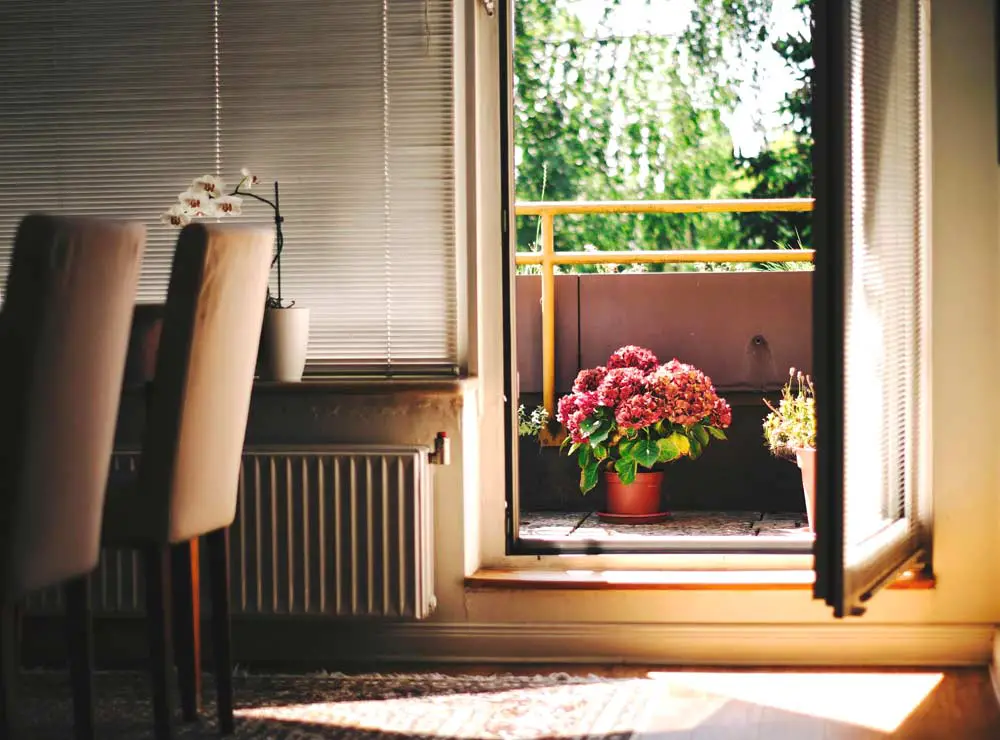
Proper ventilation is a big part of preventing carbon monoxide build-up in your home, so any rooms in your home that feature gas-powered appliances, like the living room or the kitchen, should always be well-ventilated. This will minimise the likelihood of CO accumulation. When using fuel-burning appliances, be sure to open windows and doors occasionally to allow the circulation of fresh air.
It’s also worth your while to keep any gas appliance vents clean and unblocked, and ensure your kitchen and bathroom exhaust fans work properly. Regular checks of air vents and flues for blockages can also help maintain a safe environment in your home.
Regular Maintenance of Gas-Powered Appliances
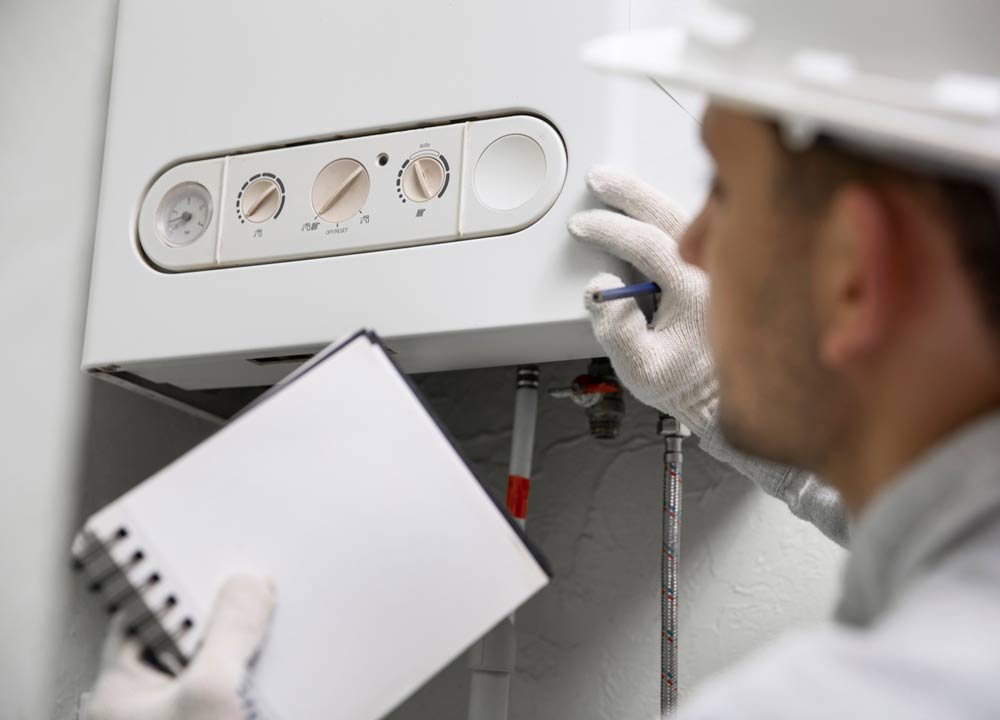
Regular maintenance of fuel-burning appliances is essential for maximum efficiency and safety. You must have a gas safe licensed professional carry out yearly servicing of your gas heaters, stoves, boilers, or fireplaces. This routine check typically involves examining and cleaning components that, if left unattended, could lead to carbon monoxide leaks.
Make sure to keep all seals, vents and exhaust fans in prime working order. Keep a maintenance diary - this helps you track service dates and even spot potential problems before they become major hazards.
Legal Responsibilities and Safety Regulations
Homeowners and landlords are legally responsible for the safety of their properties, especially around the risk of CO poisoning. Adherence to national safety standards, which mandate the regular inspection and maintenance of any gas appliances, is essential.
Different areas may have additional regulations; for example, Victoria requires carbon monoxide detectors in homes with gas heating. Familiarising yourself with these obligations will help you comply with the law and protect the health of all occupants.
The Importance of Prioritising Safety in the Home
The importance of being vigilant about carbon monoxide poisoning cannot be overstated. As homeowners, it is our responsibility to put in place the safety measures discussed, including:
- Installing CO detectors
- Maintaining proper ventilation
- Ensuring regular maintenance of all fuel-burning appliances.
My Final Thoughts
Educating yourself and others about the risks and prevention methods contributes to a safer home environment. Take action today by reviewing your home's safety protocols and updating them where necessary. Remember, prevention is always better than cure, and the steps you take now can safeguard the well-being of your family.


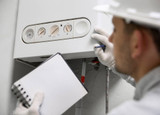
 Author: Matthew Chiappini
Author: Matthew Chiappini